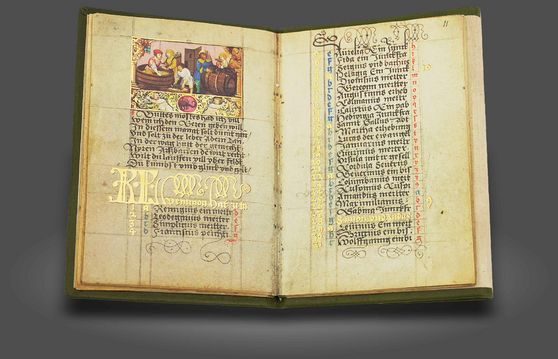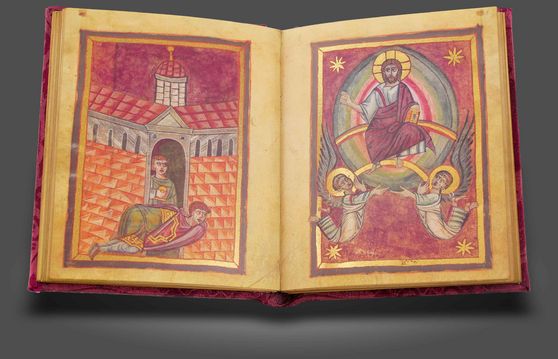Facsimile Editions: Written in Gold and Silver
Since ancient times, tinctures enriched with gold and silver powder have been used to give manuscripts a particularly splendid calligraphic finish. In the Middle Ages, gold and silver ink was reserved only for the highest-ranking religious texts and symbolized light, heaven, and the immaterial omnipotence of God. The metallic glow of the script was also often emphasized by means of purple or black dyed parchment pages, which made the manuscripts many times more expensive. While the silver inks today often appear black because they have formed silver sulfide over the centuries, the golden letters of the Codices Aurei rarely lack their ancient luster.
Made by order of Theophanus, written entirely in gold, and adorned with a breathtaking magnificent binding: arguably the most splendid and beautiful manuscript of all time, created in the famous scriptorium of Echternach
Echternach Abbey (Luxembourg) — 1020–1050
Experience more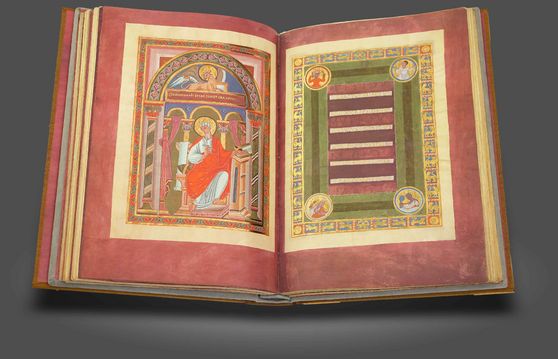
Part of the Imperial Insignia, written in gold ink on purple parchment: each German emperor swore his oath with his hand on this book
Court School of Charlemagne, Aachen (Germany) — Shortly before 800
Experience more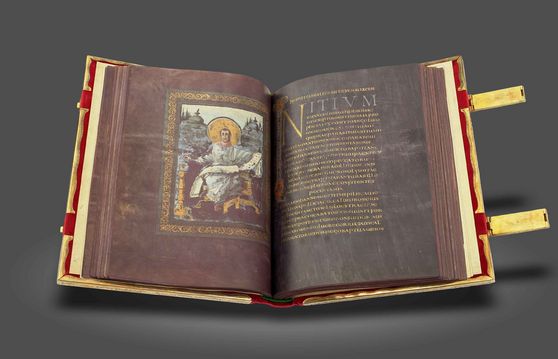
Held in the hands of Emperor Charlemagne, adorned with a masterful ivory cover: a world famous highlight of Carolingian book art
Aachen (Germany) — Ca. 810
Experience more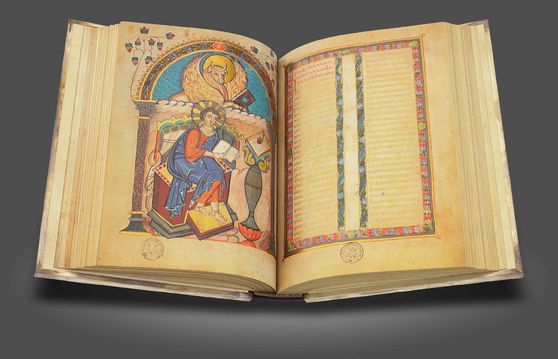
Created in the famous abbey of Echternach, magnificently illuminated, and written entirely in gold: the Salian imperial evangeliary of Henry III
Echternach Abbey (Luxembourg) — 1043–1046
Experience more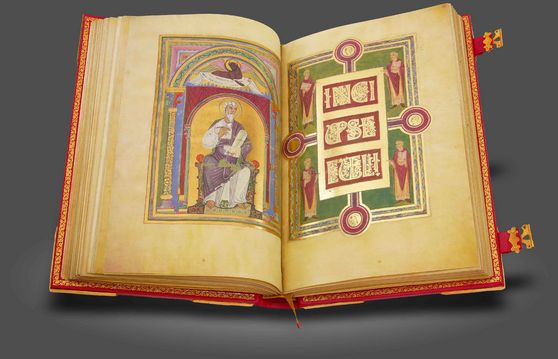
The "founding work" of the Austrian National Library, written entirely in gold ink, with its magnificent original binding: a Bohemian Codex Aureus with breathtaking historiated initials and miniatures
Bohemia (Czech Republic) — 1368
Experience more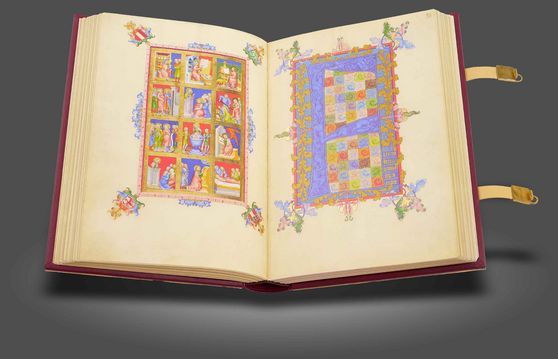
Containing the earliest portrait of an Evangelist in book illumination: one of the oldest surviving and most fascinating Gospel books in history on purple parchment
Asia Minor — 6th century
Experience more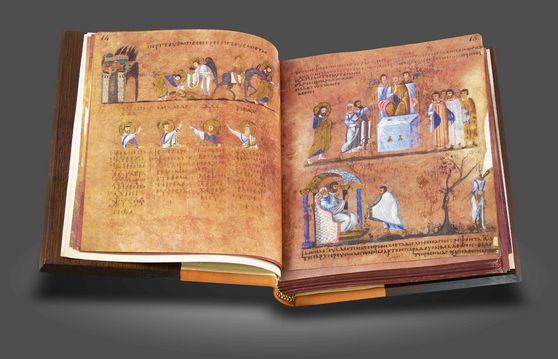
Created in the palace school of Charles the Bald and the cornerstone of the famous scriptorium of Regensburg: uniquely complex ornamentation and magnificent miniatures in a golden luxury codex from the Early Middle Ages
Abbey of Saint-Médard de Soissons (France) and Abbey of St. Emmeram, Regensburg (Germany) — Ca. 870 and 975–1000
Experience more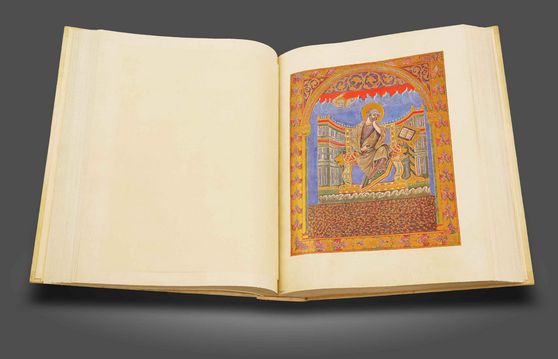
A masterpiece entirely in gold and purple: one of the last and one of the most beautiful purple manuscripts of the late Middle Ages
Parma (Italy) — Beginning of the 16th century
Experience more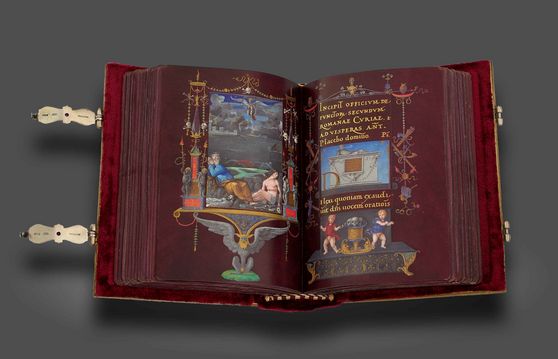
Black parchment and bright colors commissioned by Charles the Bold: arguably the most beautiful of the seven black illuminated manuscripts of the Middle Ages that survive today
Bruges (Belgium) — 1466–1476
Experience more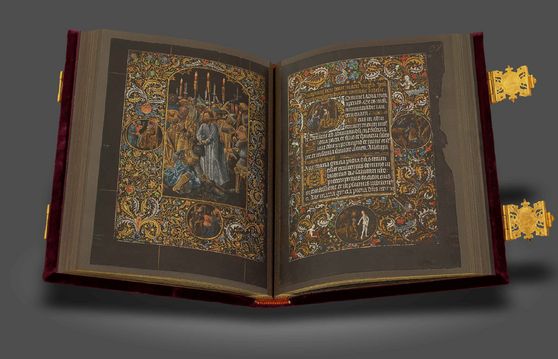
The word of God in silver ink and enchanting miniatures on purple parchment: one of the oldest surviving biblical manuscripts and a masterpiece of Byzantine book illumination
Syria — First half of the 6th century
Experience more
A German Codex Aureus in the Mainz cathedral treasure: written with golden ink and adorned with bright miniatures in a jagged style
Mainz (Germany) — 1230–1250
Experience more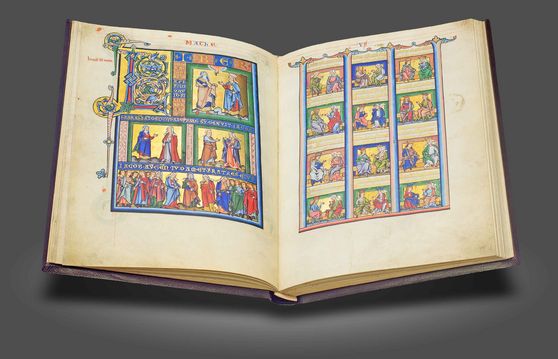
A psalterium aureum from the Carolingian period for the famous monastery of St. Gall: probably created in the circle of King Louis the German, written almost entirely in gold and decorated with purple scenes from the life of King David.
Francia (Soissons?) and the St. Gall Monastery — Ca. 870–900
Experience more
Careful calligraphy, ornate initials, and pastel miniatures in perfection: a gleaming golden Renaissance masterpiece on purple parchment for the mentor of the future Pope Paul IV
Italy — 15th century
Experience more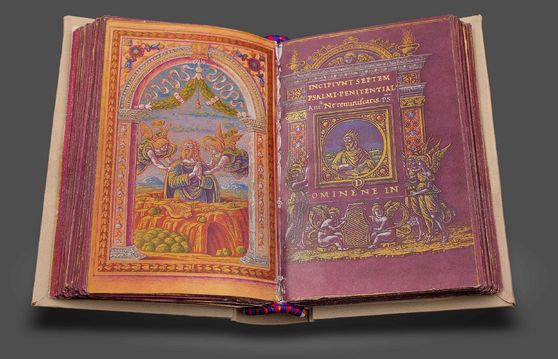
Radiant miniatures, glowing borders and gold initials on black colored parchment: one of only seven black manuscripts that have survived to this day
Bruges (Belgium) — Ca. 1475
Experience more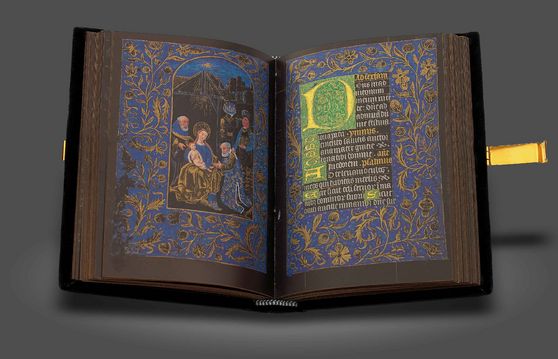
A sparkling jewel of the German Renaissance: golden calendar pictures by the famous Nuremberg painter Albrecht Glockendon
Nuremberg (Germany) — 1526
Experience more